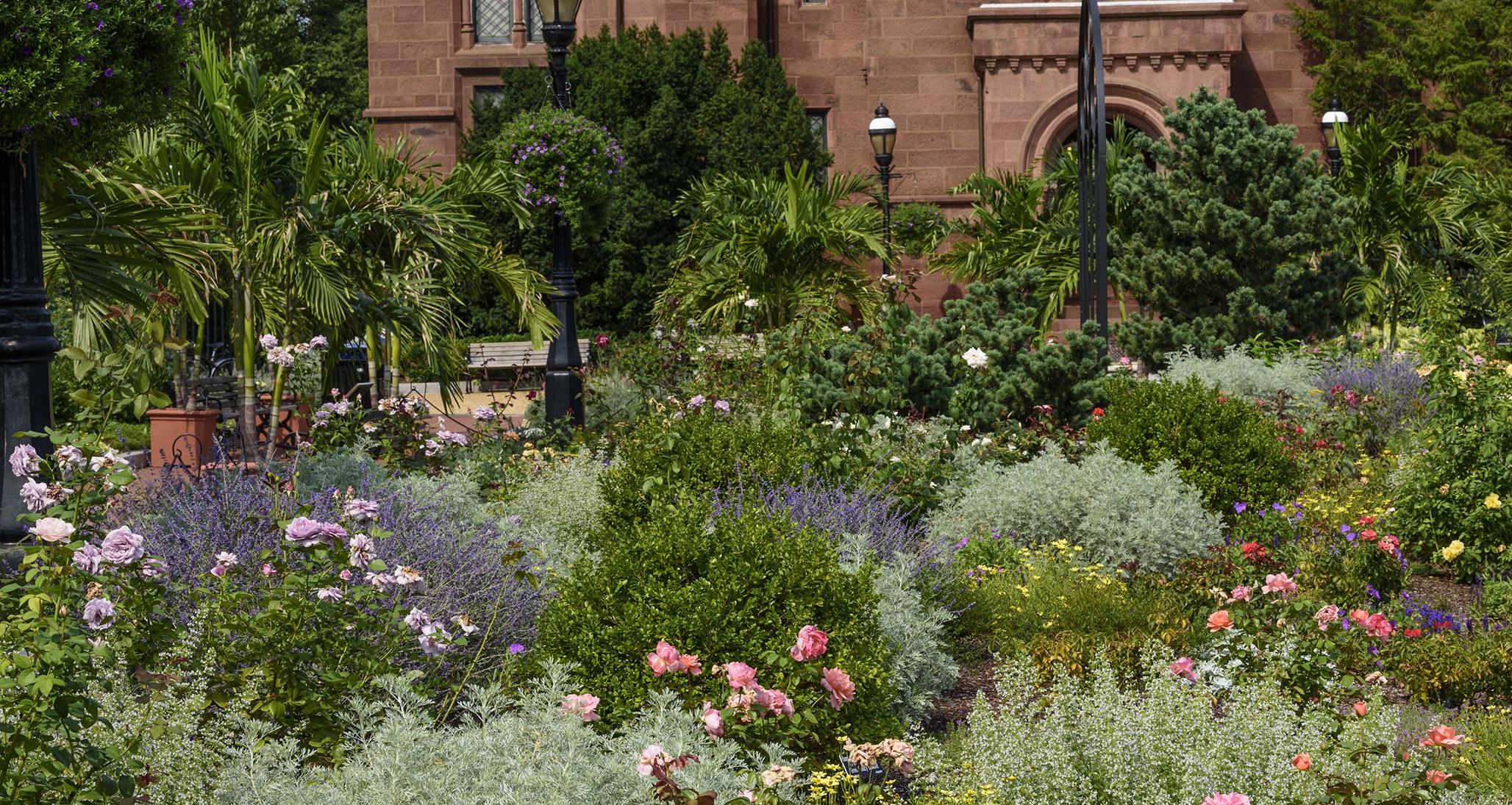
Fragrance Factors
The strength of a rose’s fragrance depends on:
- your own sensitivity to scent
- rose variety
- stage of bloom
- weather conditions
- time of day
Generally, a rose’s fragrance is strongest on warm, sunny days when the soil is moist. These conditions help release fragrant chemicals found in the flowers. Humidity prolongs the fragrance because it reduces the rate of the chemicals’ evaporation.
A flower’s fragrance also attracts pollinators. Peak rose fragrance occurs when conditions are best for pollinators.
When is the best time for pollinators to visit roses? Visit the garden on a sunny, warm day and count the bees. Return on a cold, rainy day and do the same. When are more bees present?
Making Sense of Scent
A rose’s fragrance is produced by oil-based compounds of alcohols and sugars in the blossom. Like the aroma of wine, rose scents can be complex. Different varieties are described as smelling like:
- apples
- clover
- lemons
- nasturtiums
- Orris root (iris root)
- violets
Others scents associated with roses include green tea leaves, cloves, raspberry, bay, spice, musk, parsley, wine, lily of the valley, linseed oil, ferns, moss, hyacinth, orange, anise, licorice, honey, marigold, banana, apricot, quince, geranium, peppers, melon, and myrrh.
These scents can be spicy, sweet, fruity, or musky. They also vary in intensity from light or mild to moderate and strong.

